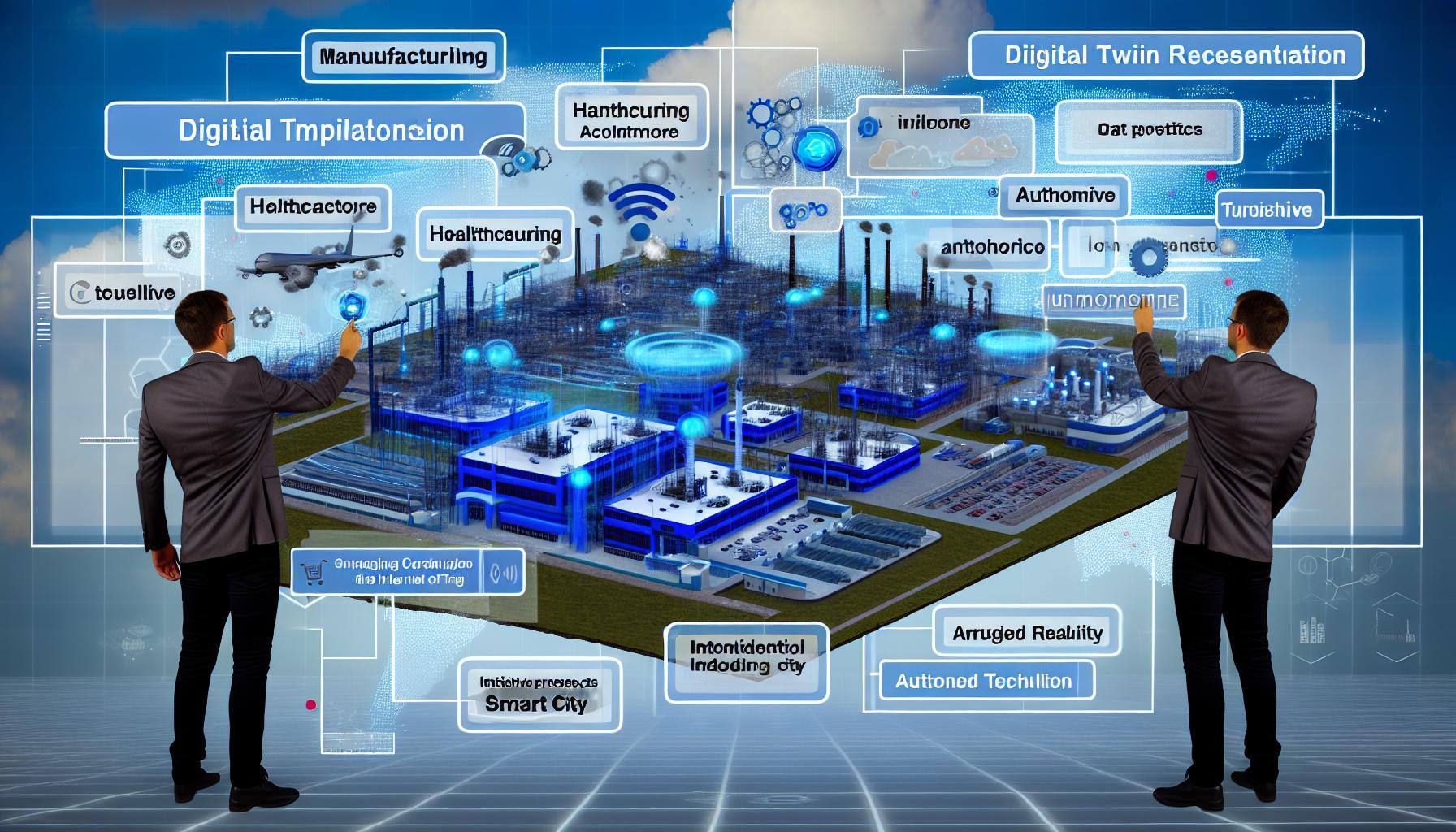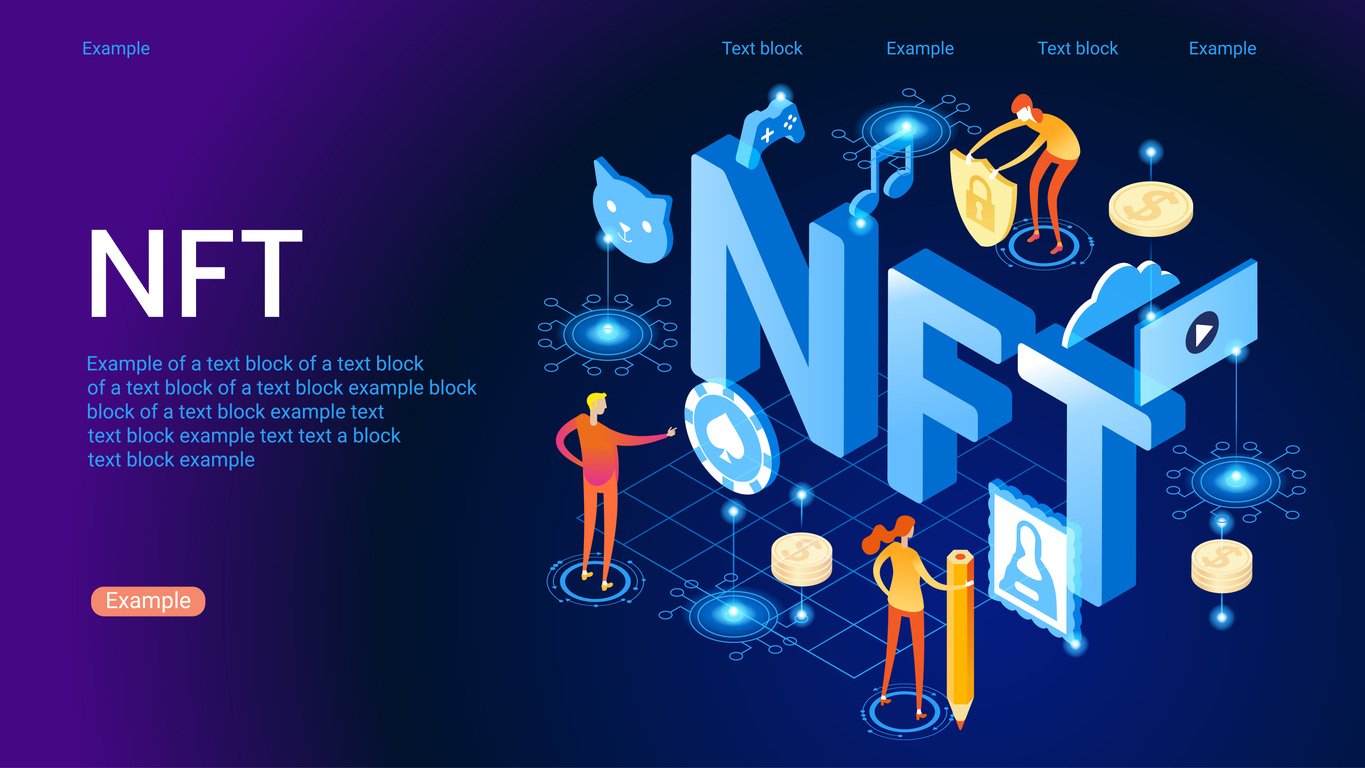5 min read
Boosting Online Presence: The Power of Virtual Models in USA!
Who is Virtual Models? Virtual models, also known as digital twins, have become an integral part of industries across the globe. These...
3 min read
The Amazing Team at Virtual Marketer Max : Jul 8, 2024 6:40:00 AM
Digital modeling, also known as 3D modeling, is the process of creating virtual representations of objects or environments using computer software. It has significantly revolutionized various industries, enabling designers, engineers, architects, and artists to create detailed virtual prototypes before moving on to physical production.
In this article, we will delve into the definition, history, importance, current trends, challenges, solutions, statistics & analytics report, future prospects, and latest updates of digital modeling.
You may also check, The Rise of Virtual Influencers in Social Media
Digital modeling involves using computer algorithms to create a virtual model or representation of an object or space. It encompasses various techniques, including computer-aided design (CAD) and computer-generated imagery (CGI). Through digital modeling, designers can manipulate objects, test various design iterations, and simulate real-world scenarios, aiding in decision-making and enhancing the final product.
The roots of digital modeling can be traced back to the 1960s when Ivan Sutherland developed Sketchpad, one of the earliest computer-aided design systems. It allowed designers to interact with a computer via a light pen, enabling the creation of basic 3D shapes. Over the years, advancements in computing power and software capabilities have facilitated the emergence of sophisticated digital modeling tools, leading to its widespread adoption across industries.
Digital modeling plays a vital role in numerous industries, offering several benefits. Firstly, it allows for quicker and more cost-effective design iterations than traditional manual methods. Designers can easily experiment with different shapes, sizes, and materials, without the need for physically constructing prototypes. This not only saves time but also reduces material waste.
Furthermore, digital modeling enables better visualization and communication of complex designs. By creating realistic 3D renders or animations, designers can effectively convey their ideas to clients, stakeholders, and colleagues. This eliminates misunderstandings and facilitates collaboration, ensuring all parties are on the same page.
In recent years, several trends have emerged in the field of digital modeling. One prominent trend is the integration of virtual reality (VR) and augmented reality (AR) technologies. VR allows designers to immerse themselves in a virtual environment, providing a more interactive and realistic experience. AR, on the other hand, overlays virtual objects onto the real world, enhancing the understanding of spatial relationships.
Another trend is the utilization of generative design algorithms. By defining design constraints and parameters, designers can leverage these algorithms to automatically generate and evaluate multiple design options. This approach promotes innovation and optimizes designs for various criteria, such as weight reduction, cost-effectiveness, and structural strength.
Despite its benefits, digital modeling also presents challenges. One common challenge is the learning curve associated with mastering complex software tools. However, this can be overcome through training programs, online tutorials, and user-friendly interfaces.
Additionally, technical limitations such as file compatibility and hardware requirements can hinder workflow efficiency. Regular software updates and improved integration between different applications help address these issues.
You may also check, Top AI Influencers
The exponential growth of the global digital modeling market is a testament to the widespread adoption and impact of this technology across various industries. With a projected value of $7.8 billion by 2026, experiencing a remarkable CAGR of 10.5% from 2021 to 2026, digital modeling has become a cornerstone in sectors such as automotive, aerospace, and architecture.
Its ability to streamline design processes, enhance visualization, and optimize manufacturing has revolutionized the way products are conceptualized and brought to life. As more industries recognize the value of digital modeling in driving innovation and efficiency, the market is set to continue its upward trajectory, shaping the future of design and production.
The future of digital modeling looks promising, with several exciting developments on the horizon. One such development is the integration of artificial intelligence (AI) into digital modeling tools. AI algorithms can learn from and analyze vast amounts of data, enabling the creation of more intelligent and efficient designs.
Furthermore, advancements in additive manufacturing, more commonly known as 3D printing, are expected to have a profound impact on digital modeling. The ability to directly translate virtual models into physical objects opens up new possibilities in design freedom, customization, and rapid prototyping.
In recent news, Autodesk, one of the leading companies in digital modeling software, announced the release of Autodesk BIM Collaborate. This cloud-based solution enhances collaboration and coordination among project teams, streamlining the design and construction process.
Digital modeling has transformed the way we design, create, and interact with the virtual world. With its ability to streamline processes, enhance communication, and expedite innovation, digital modeling is poised to play an increasingly important role in various industries. As technology continues to advance, we can only anticipate further developments and applications of digital modeling in the future. Best virtual influencer services in USA: Virtual Marketer Max

5 min read
Who is Virtual Models? Virtual models, also known as digital twins, have become an integral part of industries across the globe. These...

3 min read
The rise of non-fungible tokens (NFTs) has opened up new opportunities for creators, brands, and businesses to create and monetize digital assets....

3 min read
In the fast-paced world of digital marketing trends, businesses are always looking for unique strategies to expand their reach, captivate audiences,...